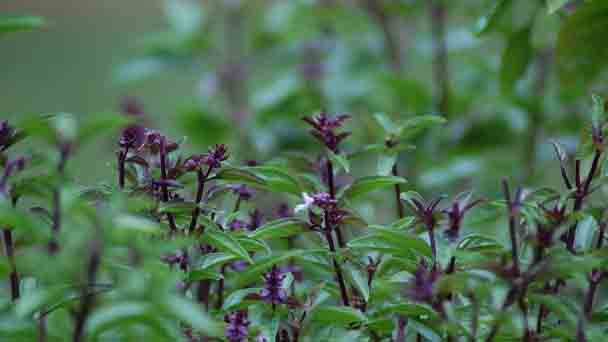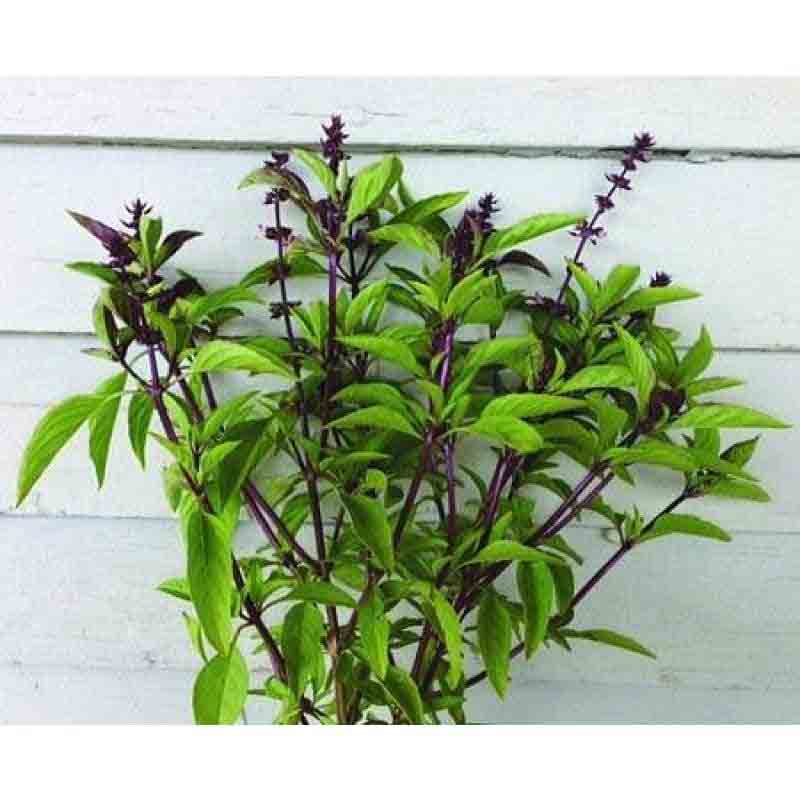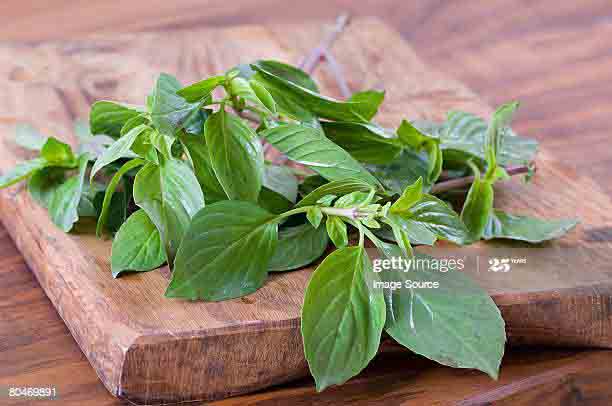Thai basil Profile
Written by Joy
Oct 18 2021

Thai basil is a variety of basil native to Southeast Asia. It is widely used in Southeast Asian cuisine. Its aroma is described as similar to that of fennel and licorice and has a slightly spicy flavor. It is sweeter and stable under high temperatures or long-term cooking. Thai basil leaves are small and long and narrow, like a spearhead, with purple stems and inflorescences, and the petals are pink.
Thai Basil morphological characteristicsThai Basil botanical classificationBasil-related plants commonly found in Thai cuisine
Thai Basil morphological characteristics
The thai basil plant is sturdy and can grow to 45 cm (1.48 feet). It has bright green, slightly jagged, narrow leaves; its scent is sweet, similar to fennel and has a licorice flavor, and has the pungency that sweet basil lacks. Breath. Thai basil stems are dark purple, and like other Lamiaceae plants, the stem section is square. The leaves are cross-shaped. The inflorescence is a dense cone inflorescence, the nickname thyrsiflora is to describe its inflorescence shape as a dense cone inflorescence.Thai Basil botanical classification
There are many varieties of basil, including Thai basil. There are many varieties of Thai basil itself, and the most common variety in the United States is called Siam Queen. Because of its fragrance and taste, Thai basil is sometimes called anise basil or licorice basil. However, basil varieties are grown in the West also have the same name, which is easy to get confused.
The genus Ocimum is derived from the Greek word, which is actually a characteristic of most plants in the Lamiaceae. There are more than 40 varieties of basil, and various tastes, aromas, and colors often cause confusion in identification.
Basil-related plants commonly found in Thai cuisine
Thai basil, widely used in Southeast Asian cuisine, is also very important in Vietnamese cuisine. In Taiwan, it is mainly used in three-cup dishes such as salty crisp chicken, three-cup chicken, fried shellfish, and occasionally used in fried eggs. In Western countries, it is also a common supporting role in Asian cuisine.
Lemon basil has a lemony aroma and taste. Thai cuisine is the least used item among the three. In order to distinguish it from another variety, Mrs. Burns' Lemon basil, which is also called lemon basil, it is often topped with Thailand as Thai lemon basil.
Latest Updated
- Benefits of Bugleweed - 7 Science-backed Health Benefits
- Bugleweed Dangers & Side Effects - Is It Poisonous?
- How to Plant Evergreen Trees - What You Should Know
- When to Plant Evergreens - Grow Guide for Evergreen Trees
- 12 Wonderful Evergreen Shrubs for Your Garden
- 12 Popular Evergreen Plants with Pictures for Beginners
- When And How To Prune A Lilac Bush Like a Pro
- How to Grow & Care for Lilac Vine (Hardenbergia Violacea)
- Japanese Lilac Tree (Syringa Reticulata) Care & Propagation Guide
- Shumard Oak Pros and Cons - What to Know
Popular Articles
- Winter maintenance of Antirrhinum Majus
- How to Grow Terminalia Mantaly Tree
- How to Grow and Care for Crossostephium Chinense
- How to grow Antirrhinum Majus in spring
- Peristeria Elata (Dove Orchid) Profile: Info & Care Guide
- Underwatered Snake Plant (Sansevieria Trifasciata) - Signs And How To Fix
- How to Care for Brazilian Jasmine Plant (Mandevilla Sanderi)
- How to Grow & Care for Graptopetalum Purple Delight in Summer
- Rosa Chinensis (China Rose): Plant Growing & Care Tips
- How to Care for Baby Sun Rose (Aptenia Cordifolia)
